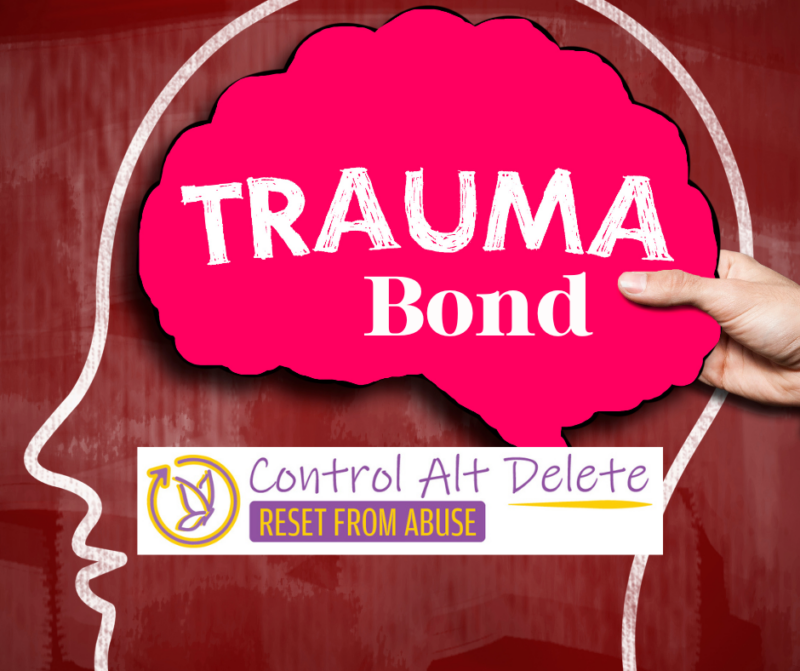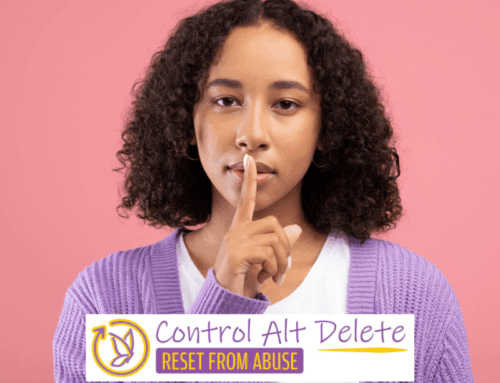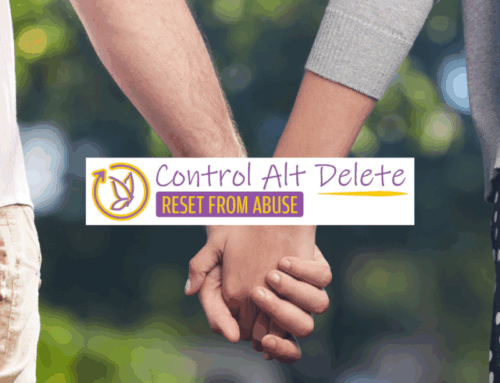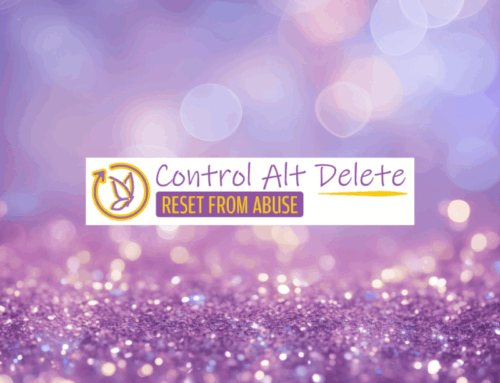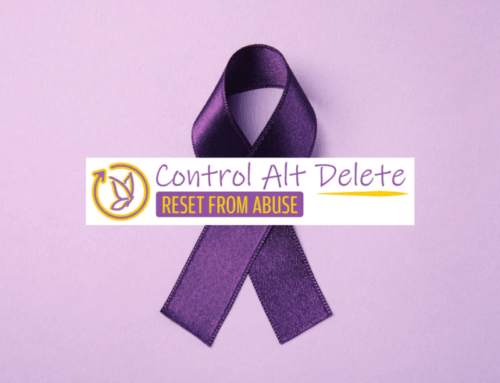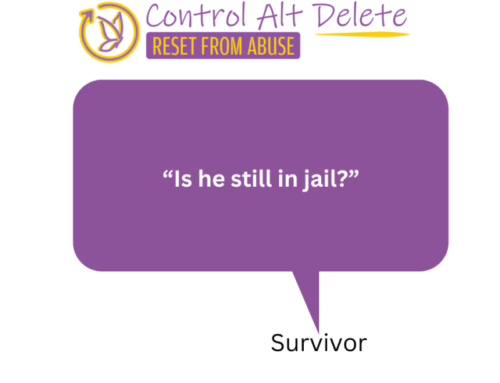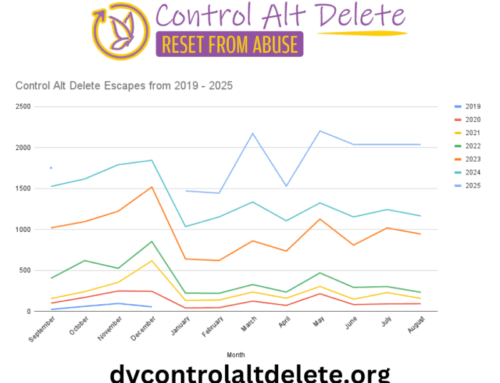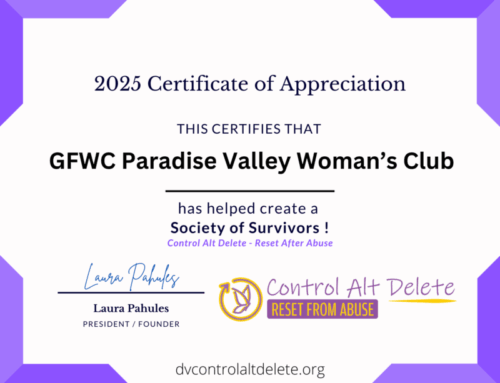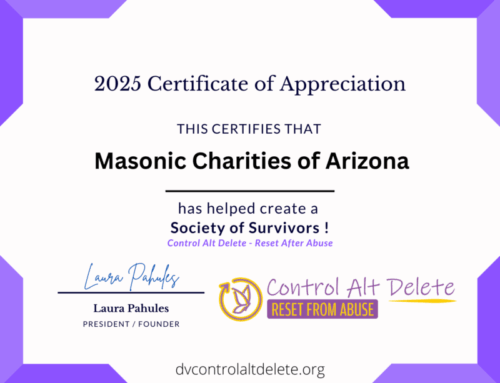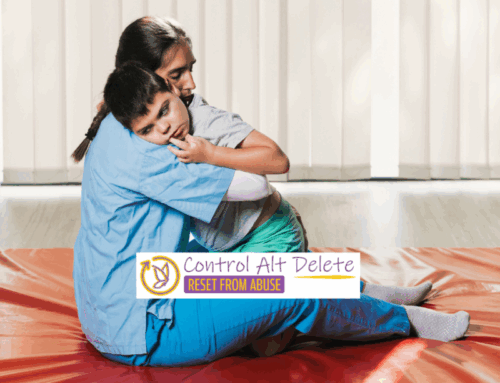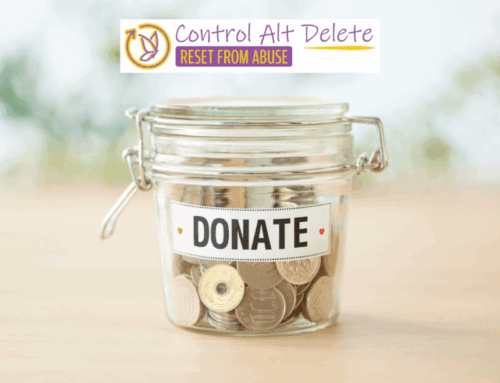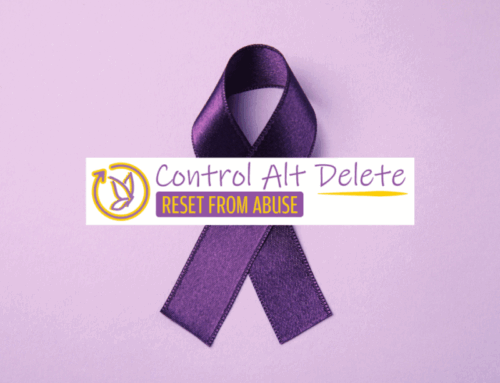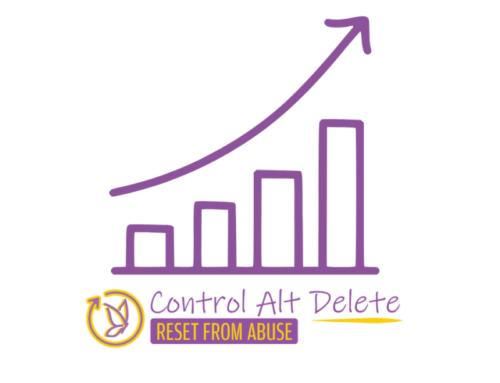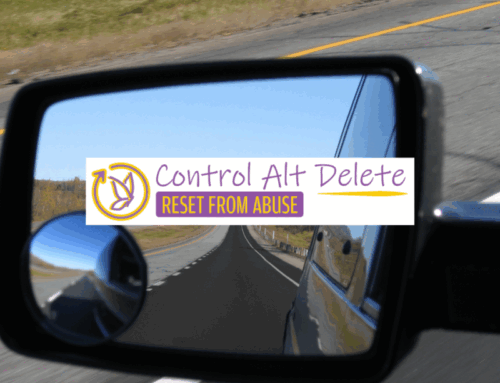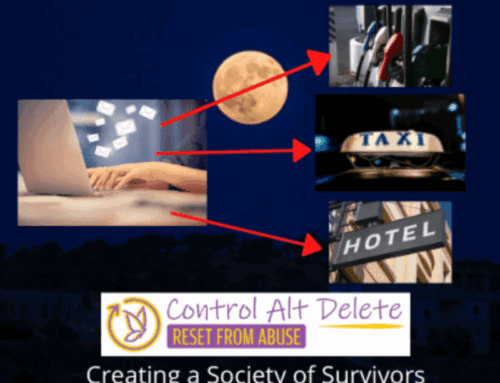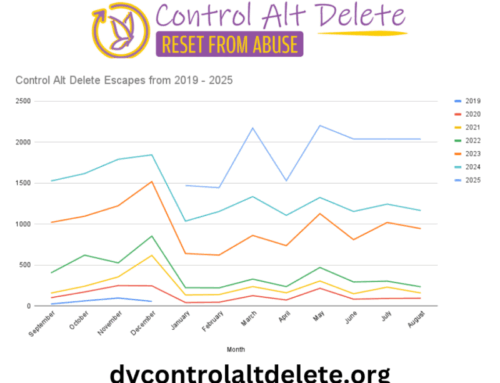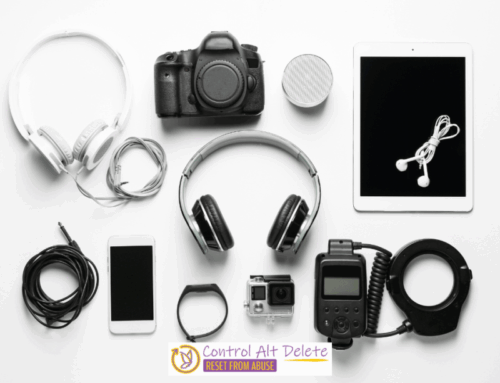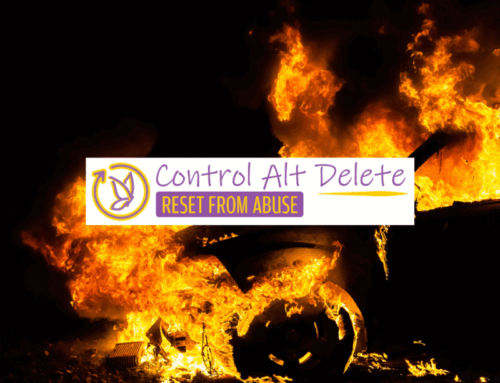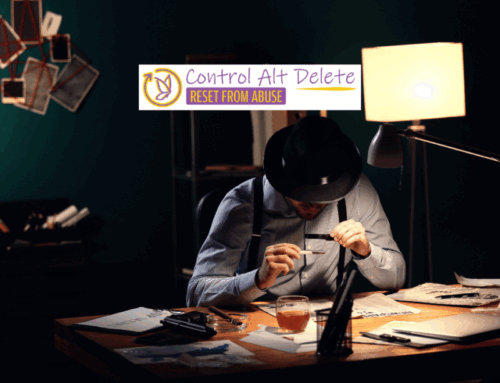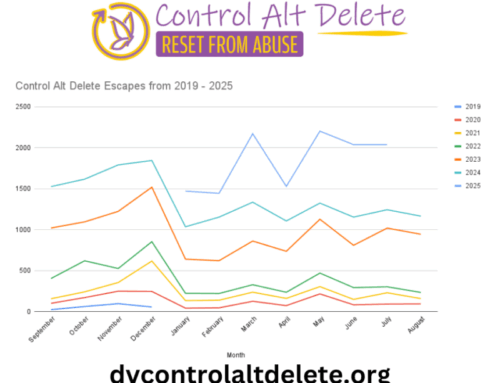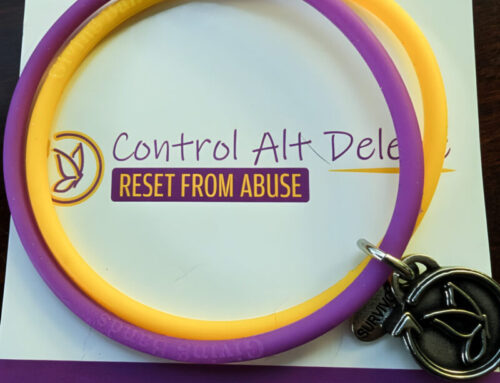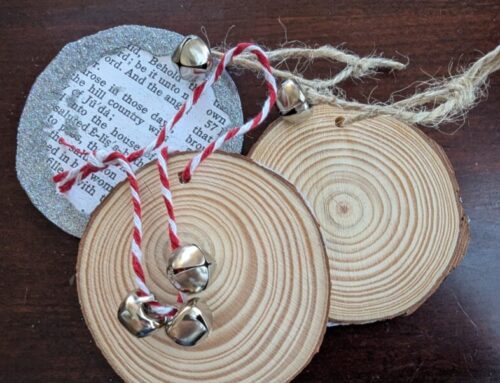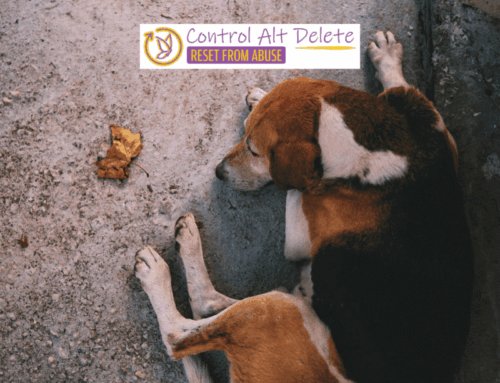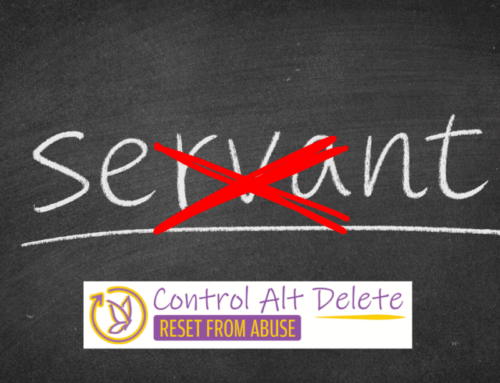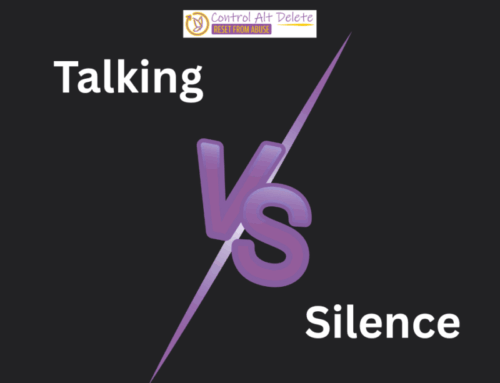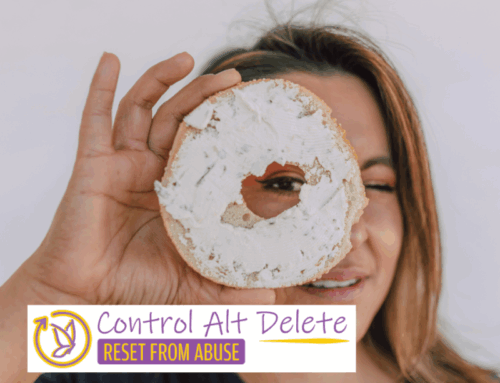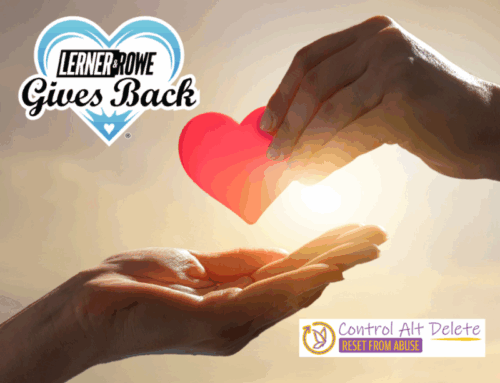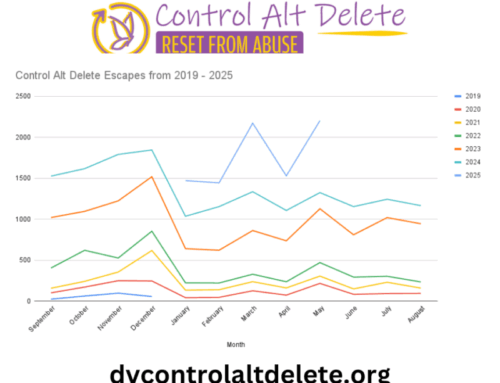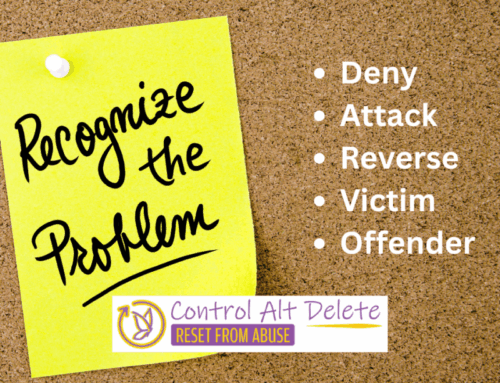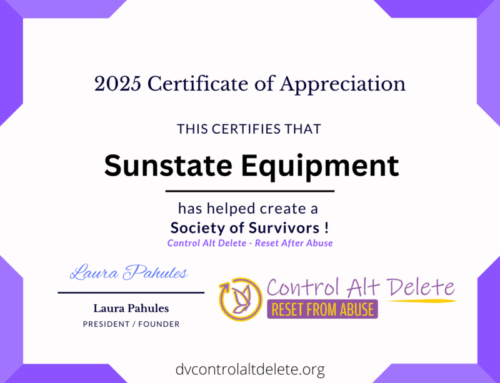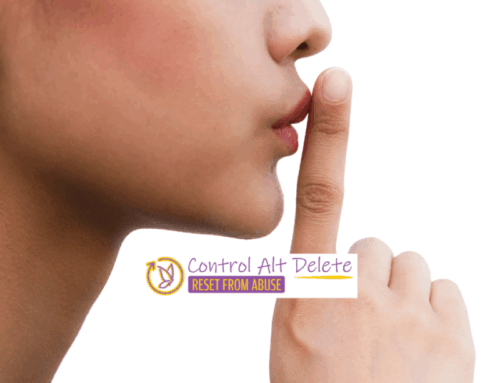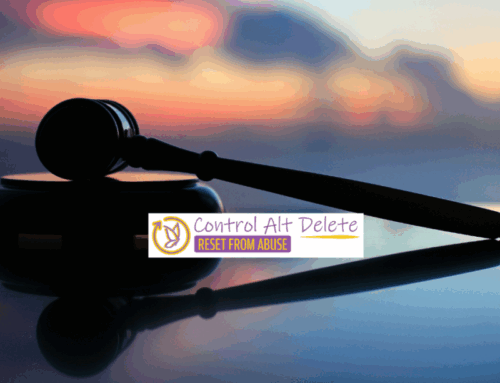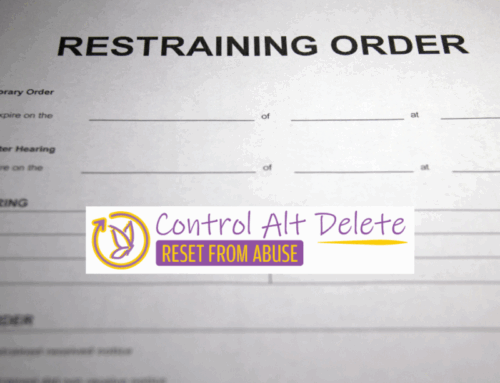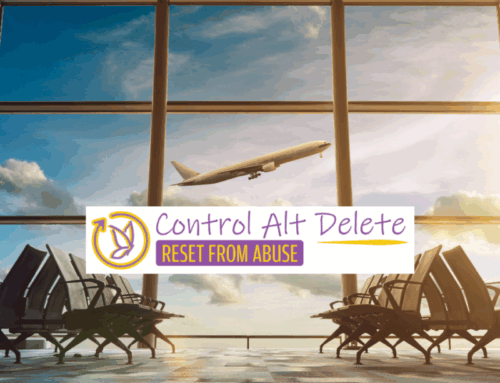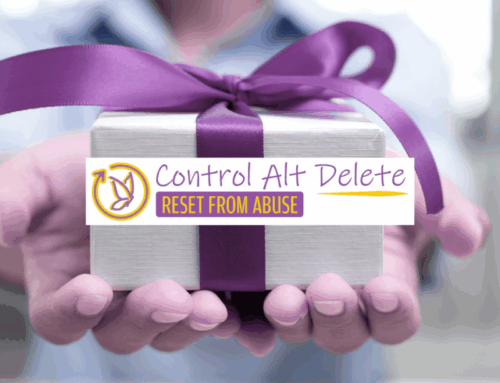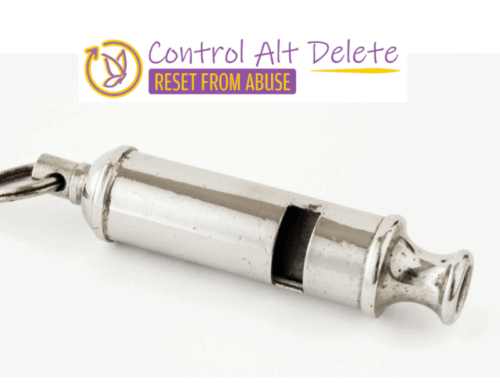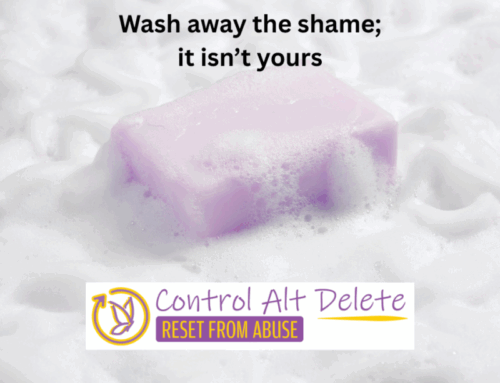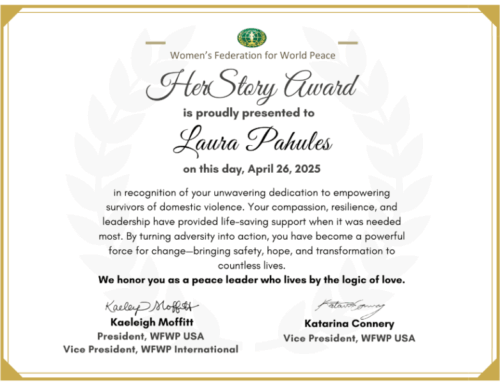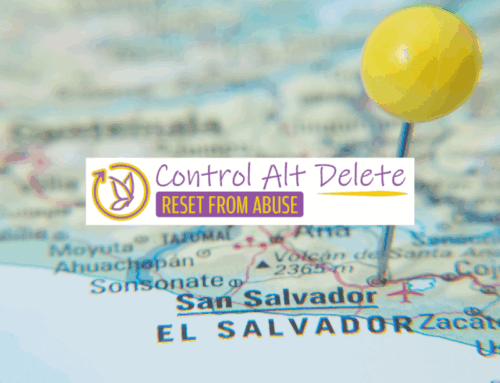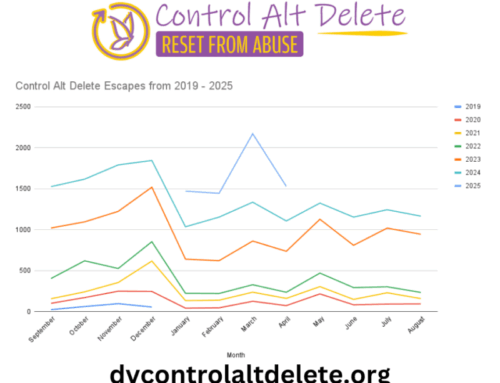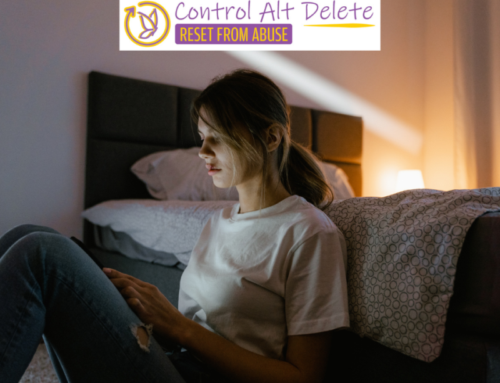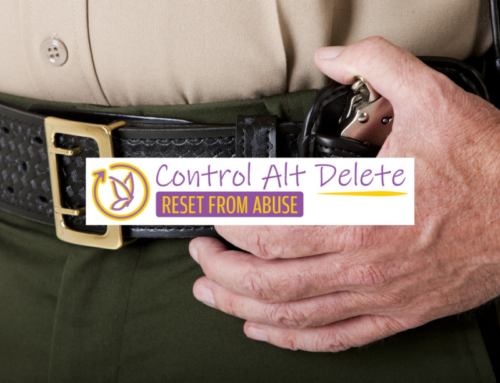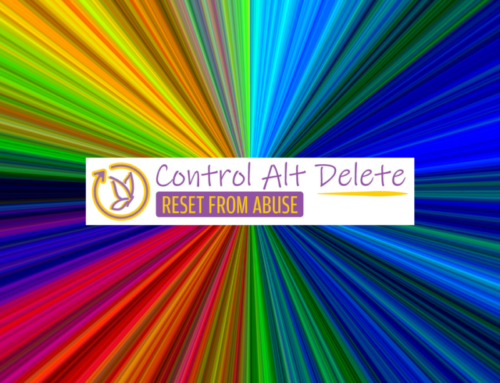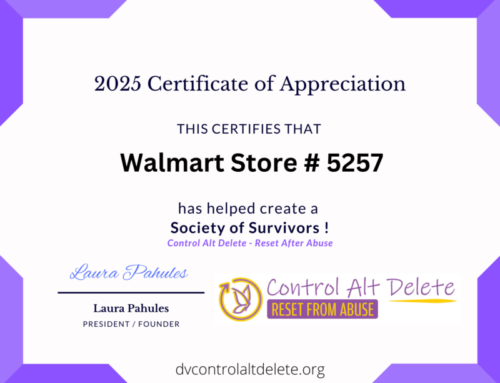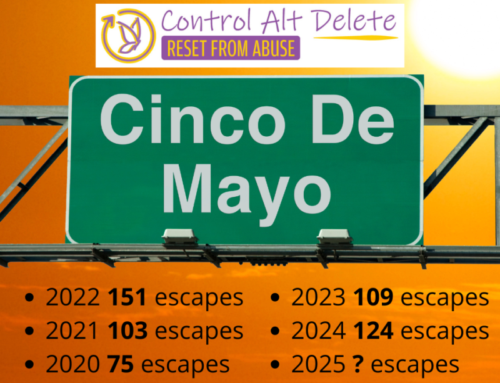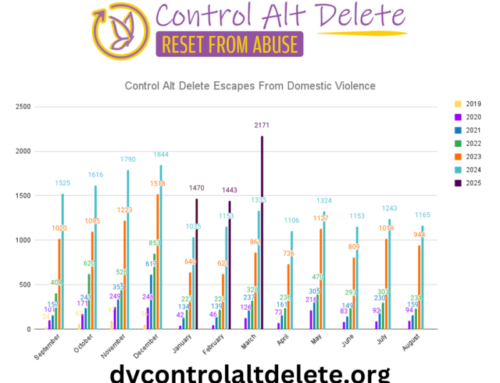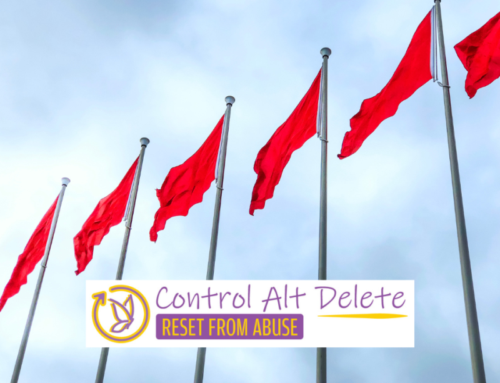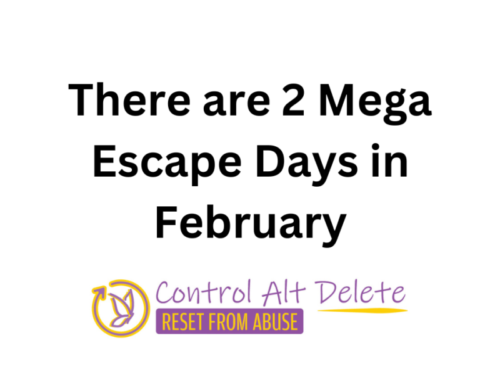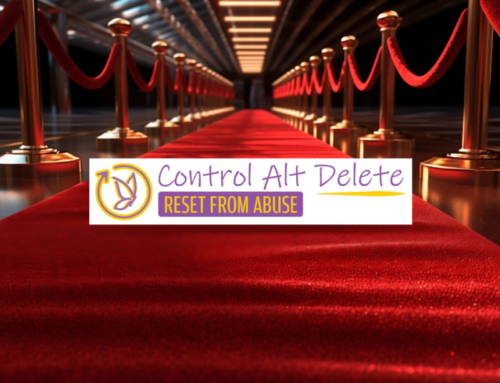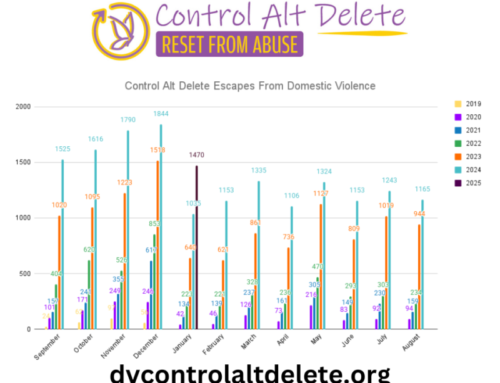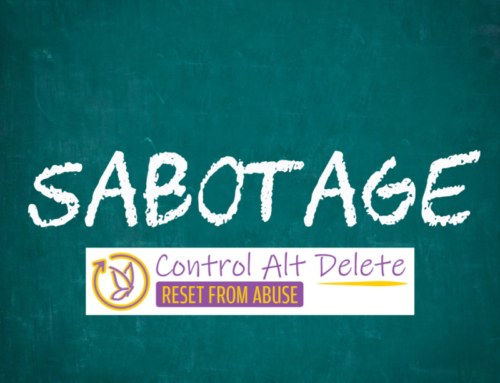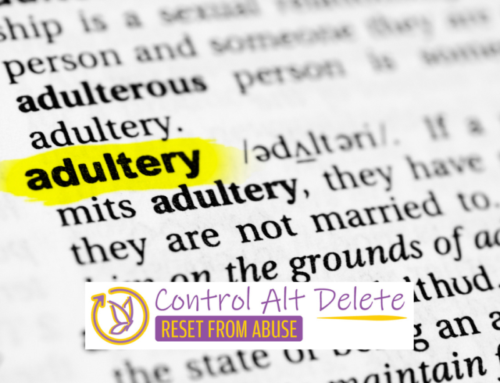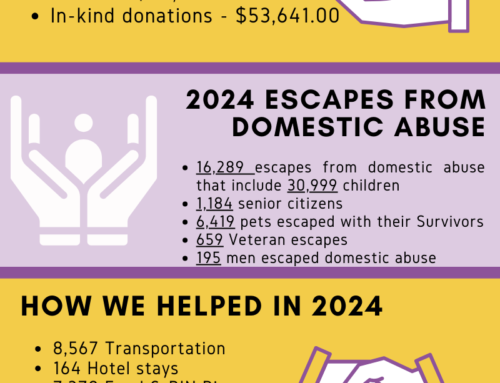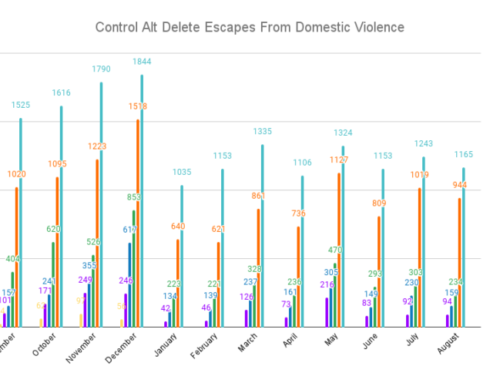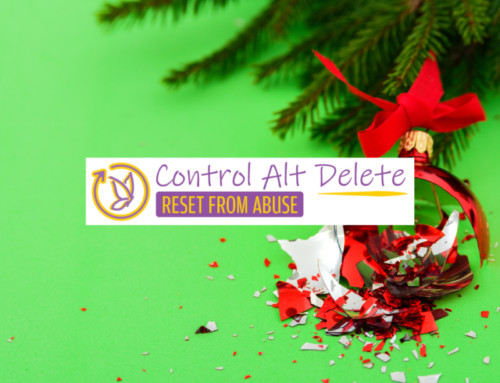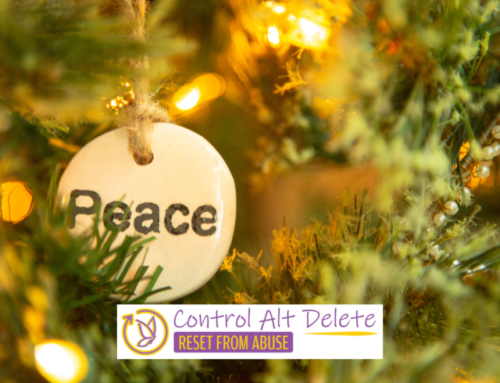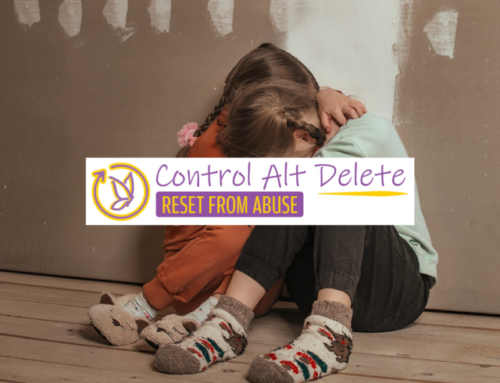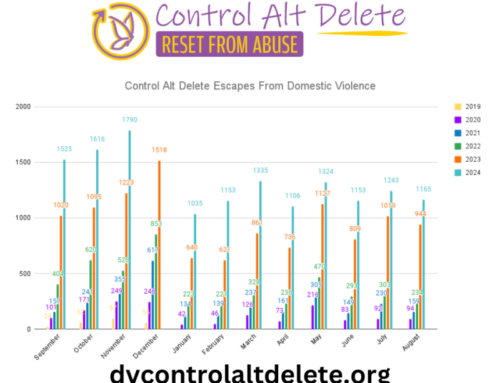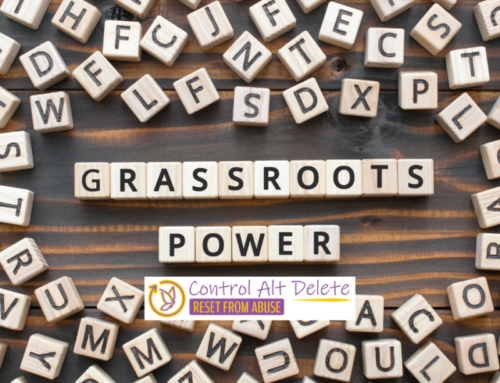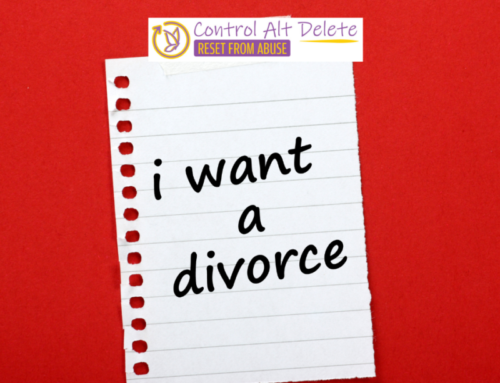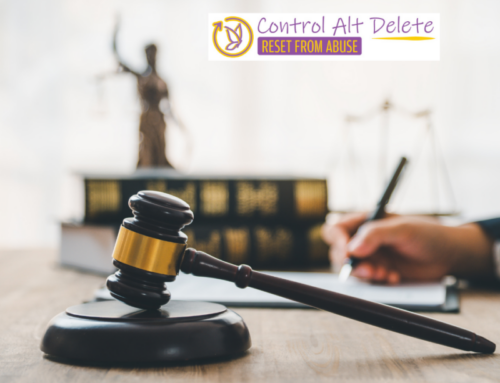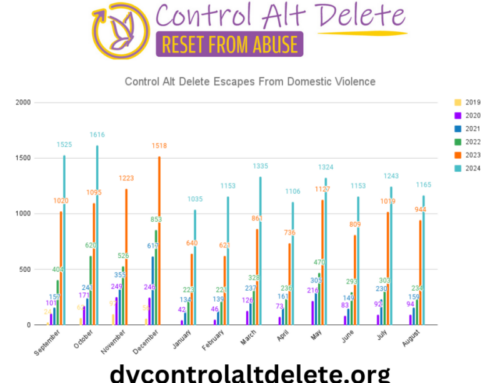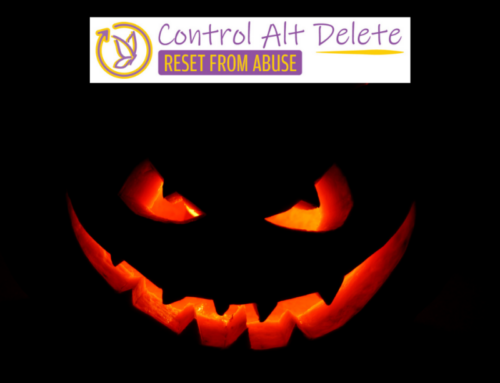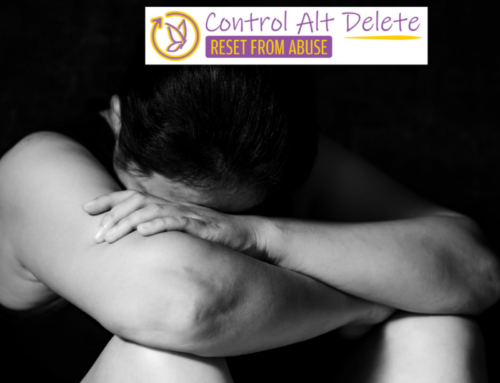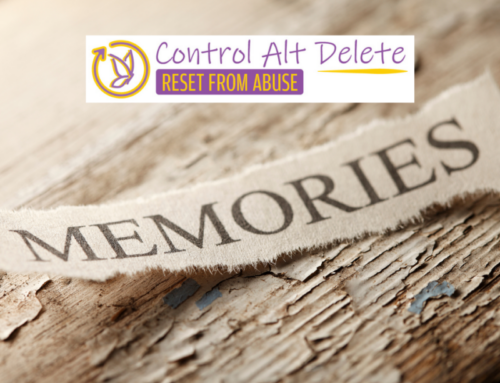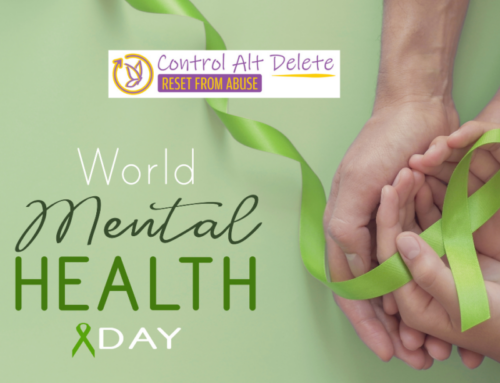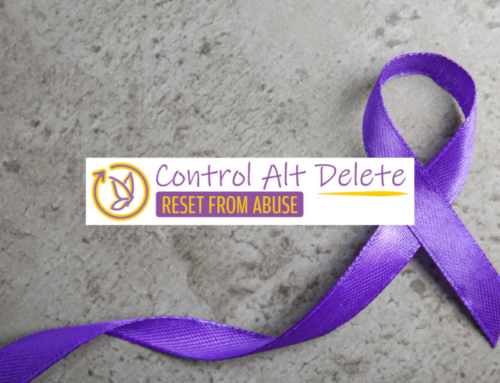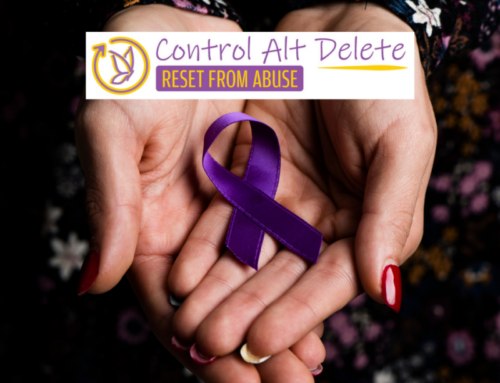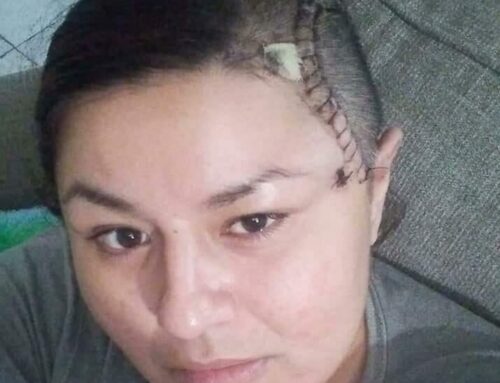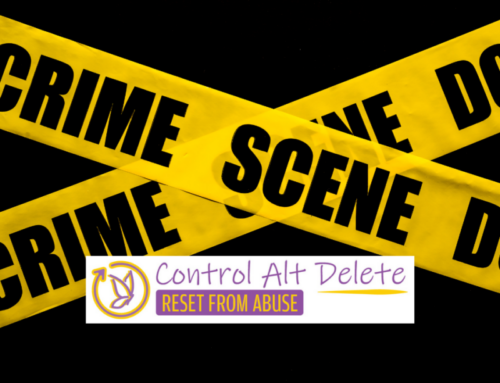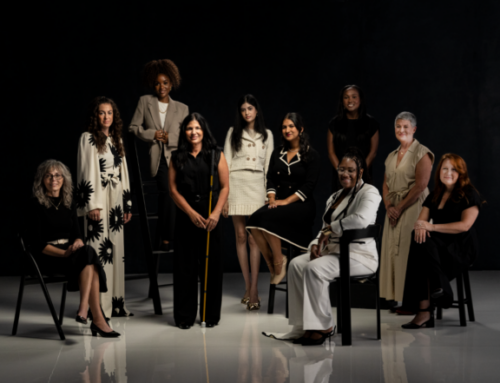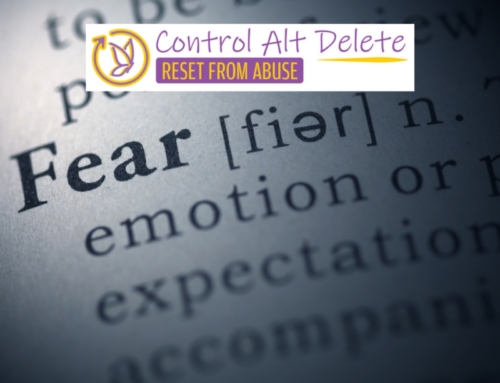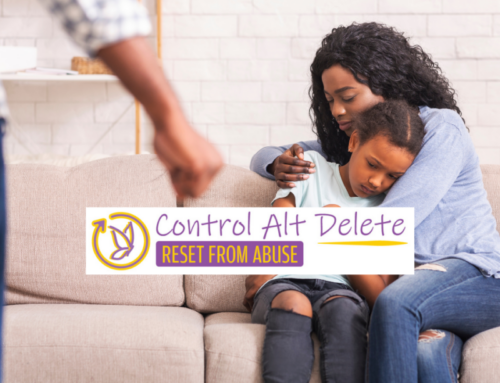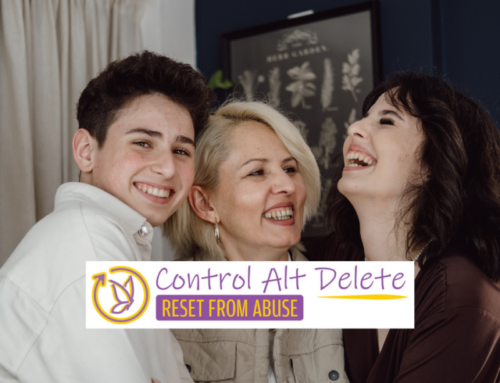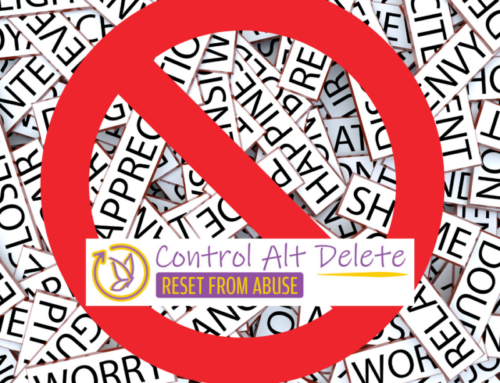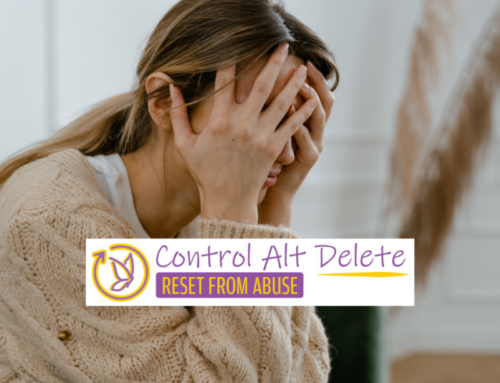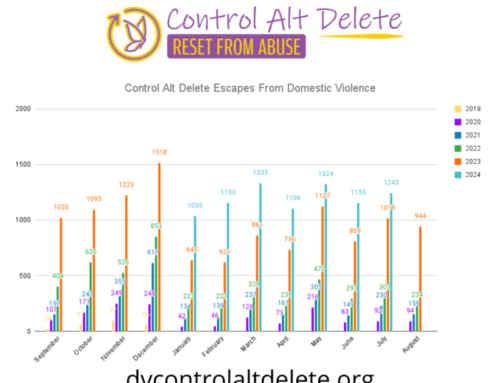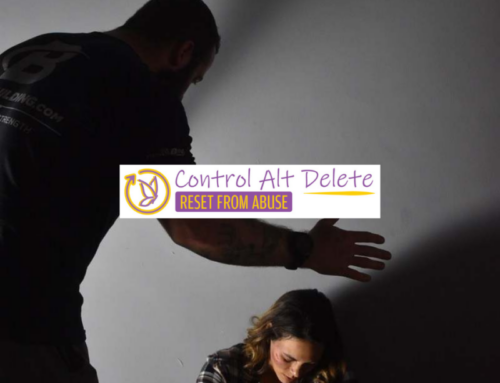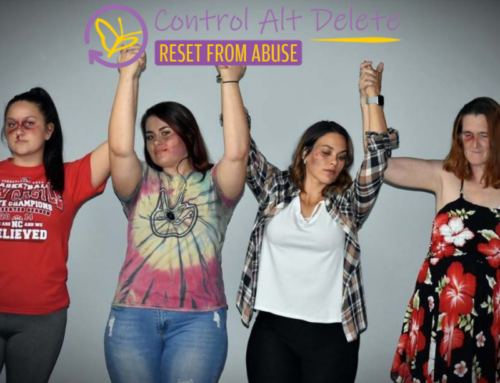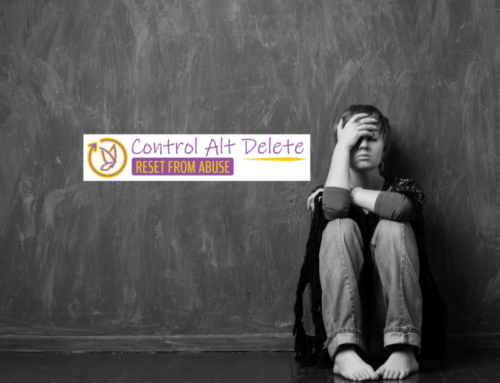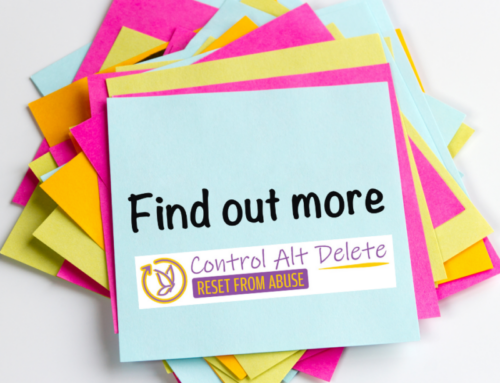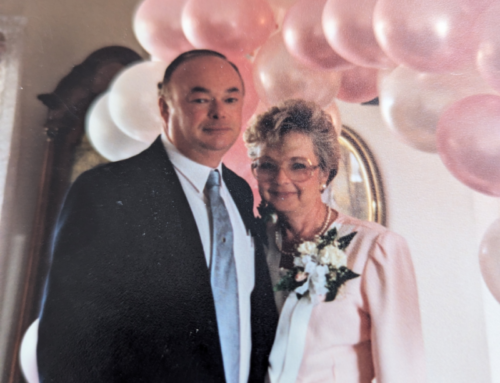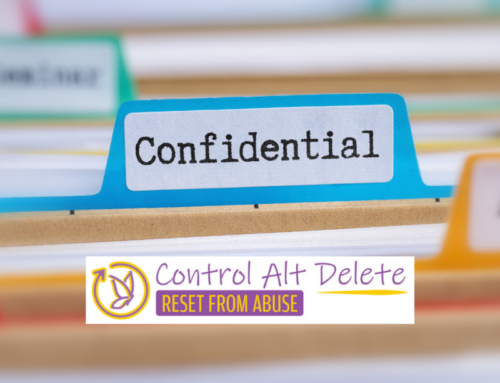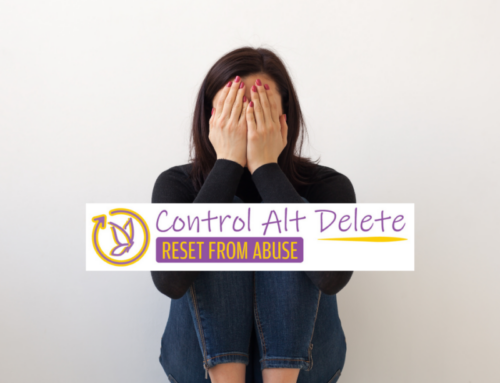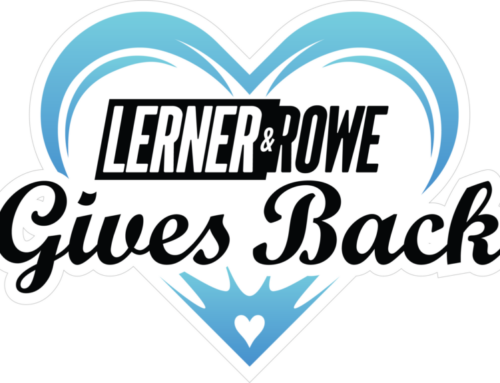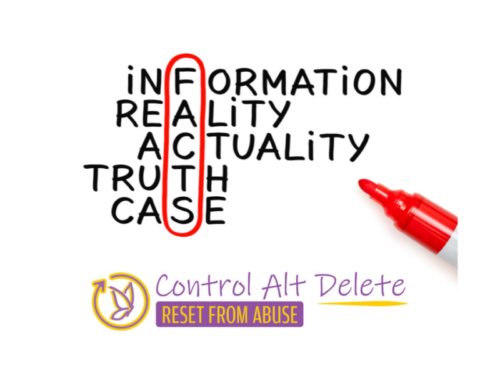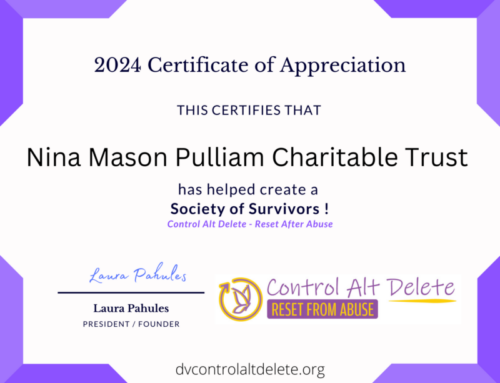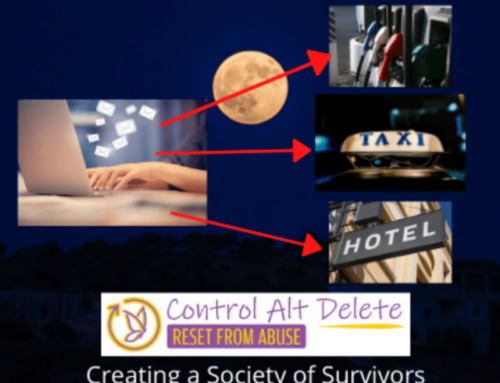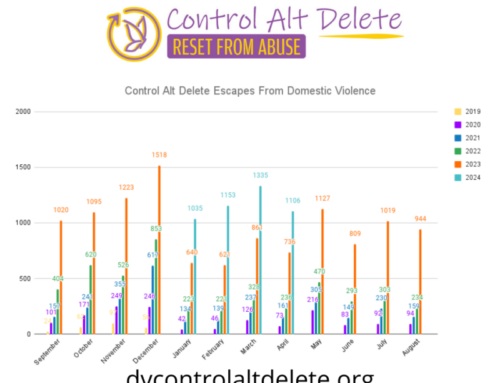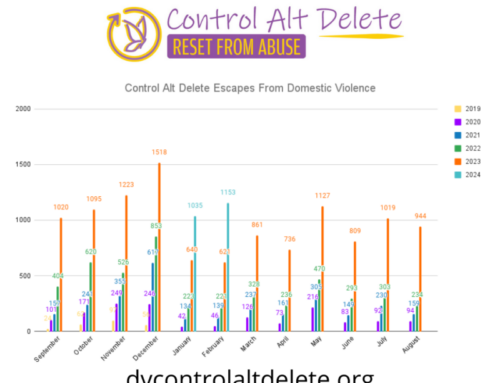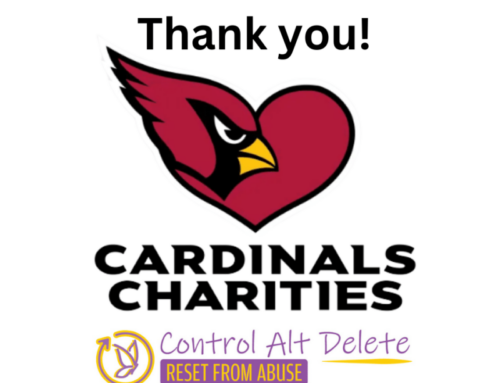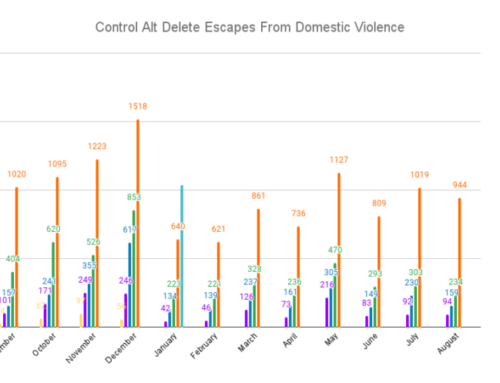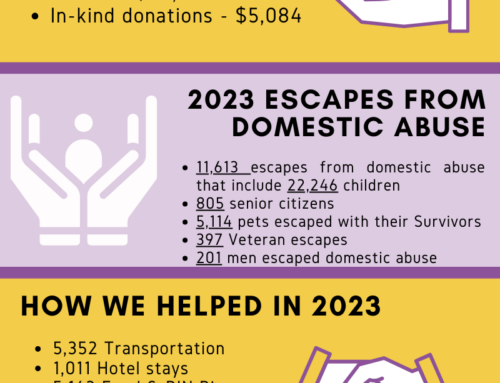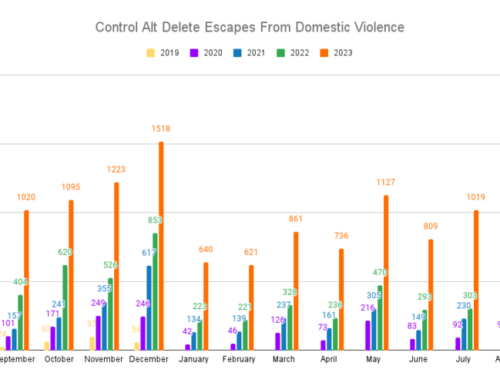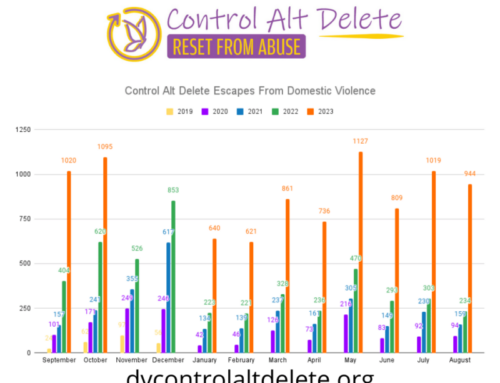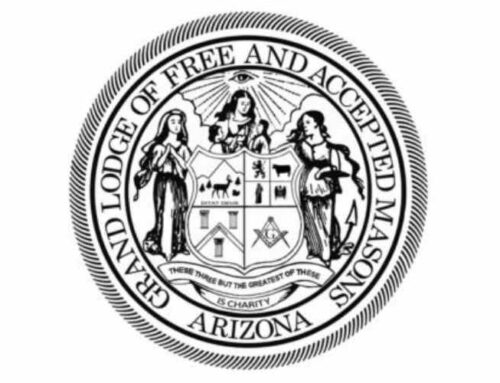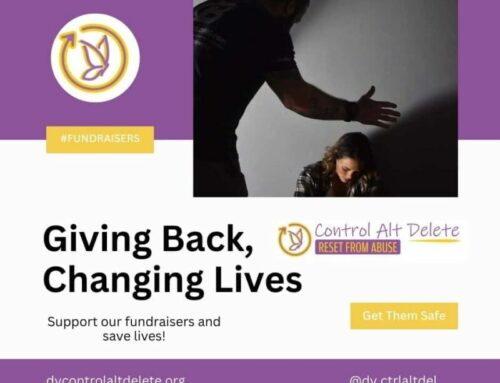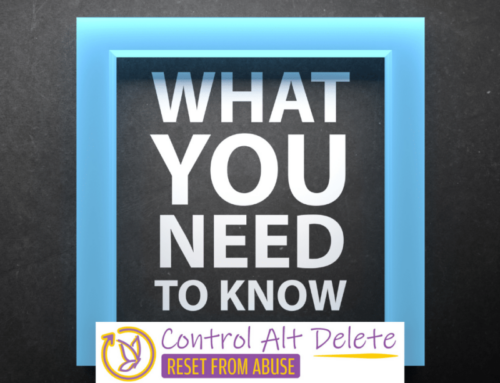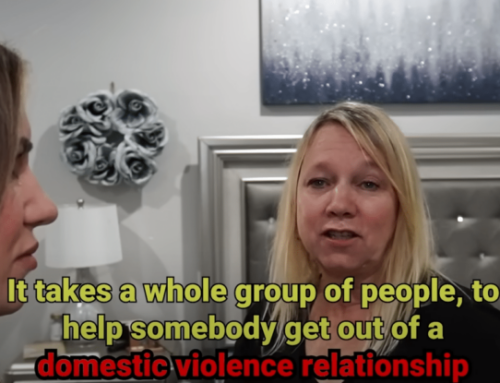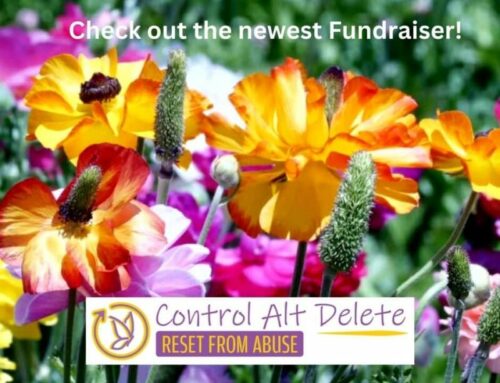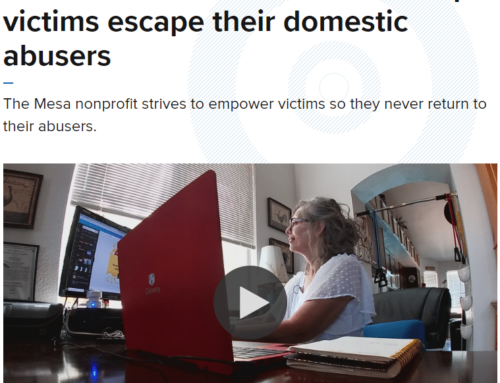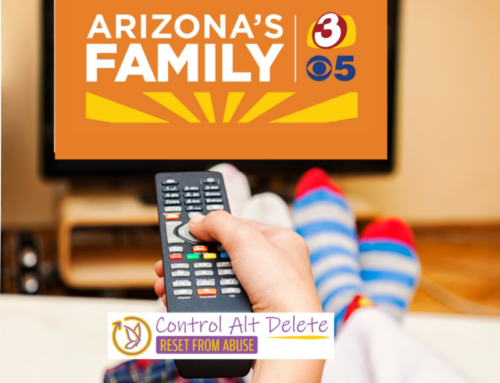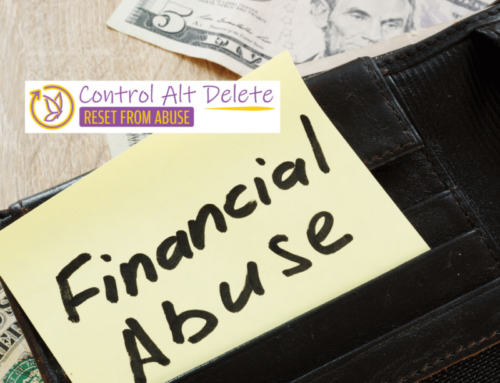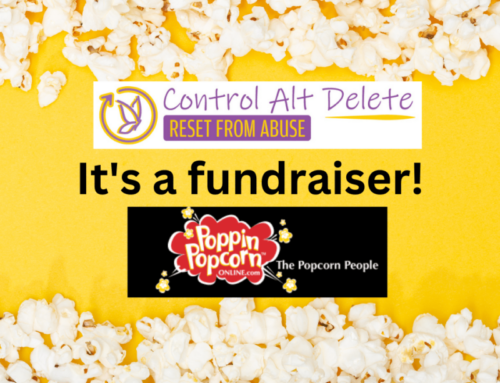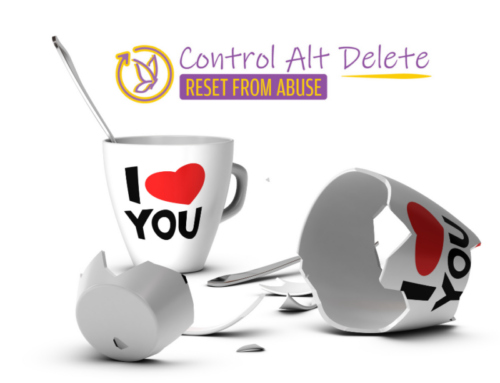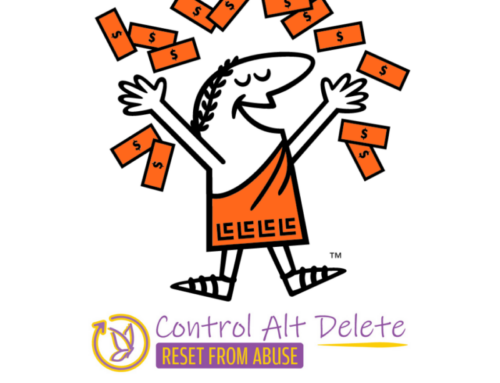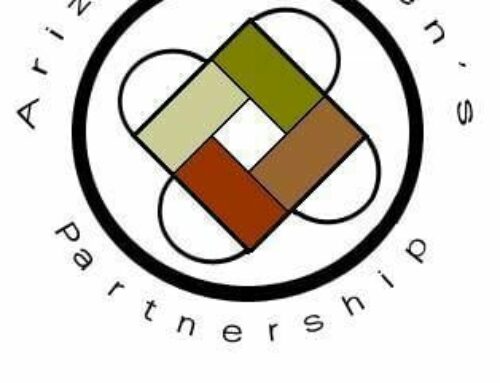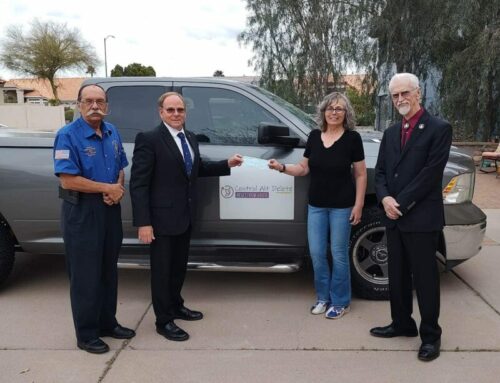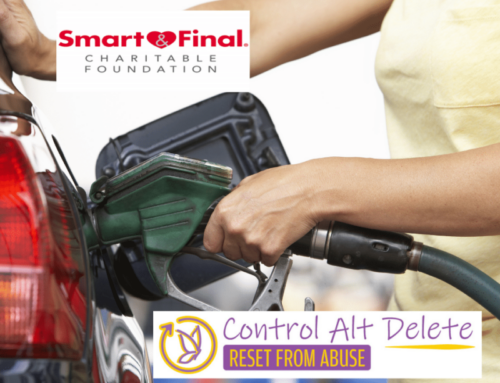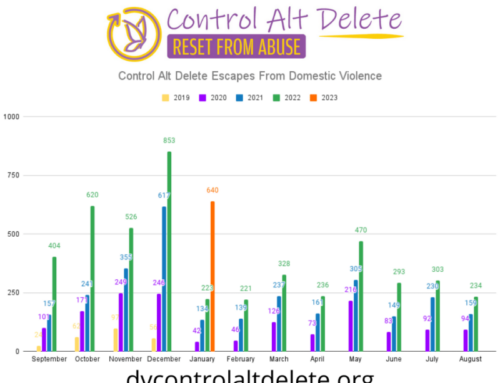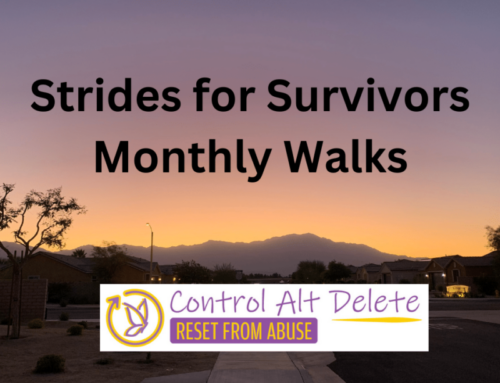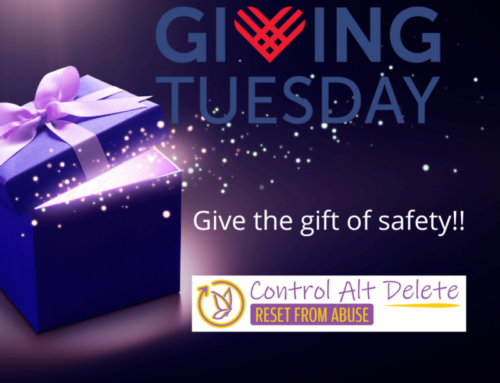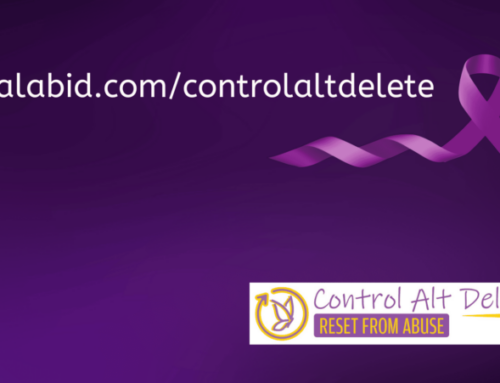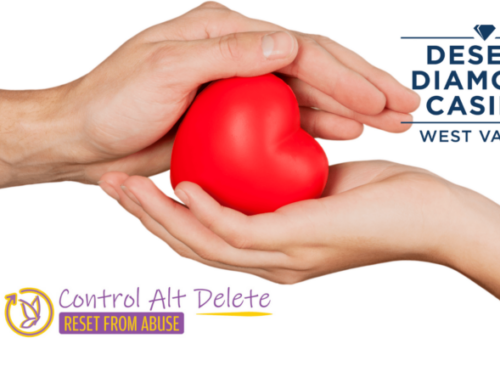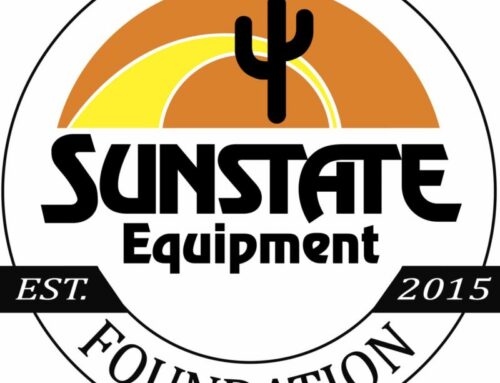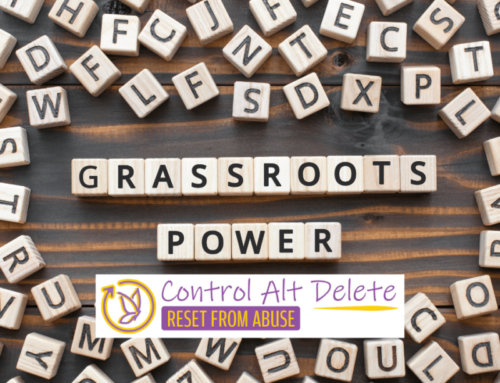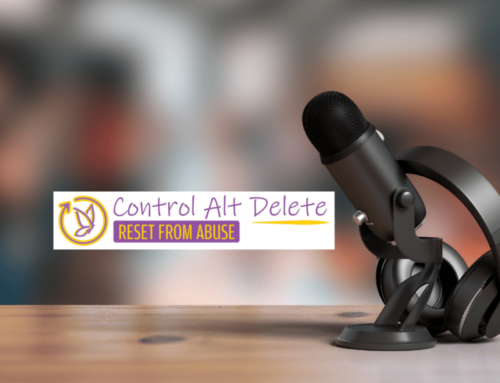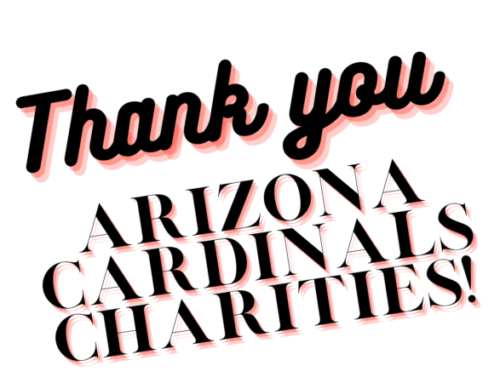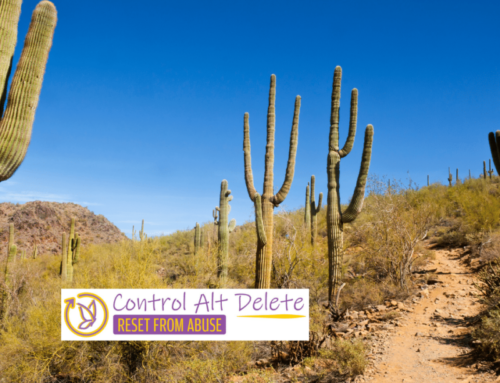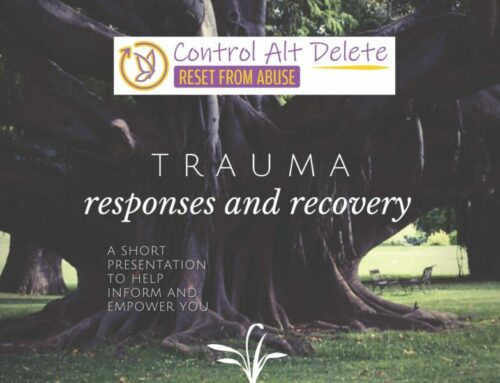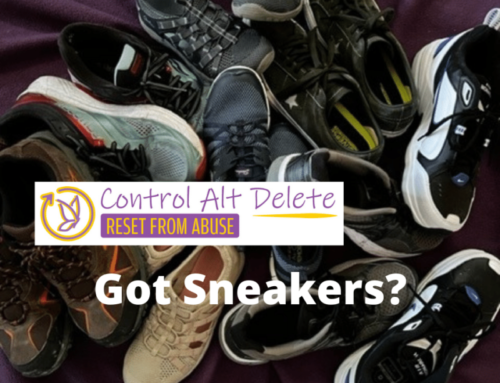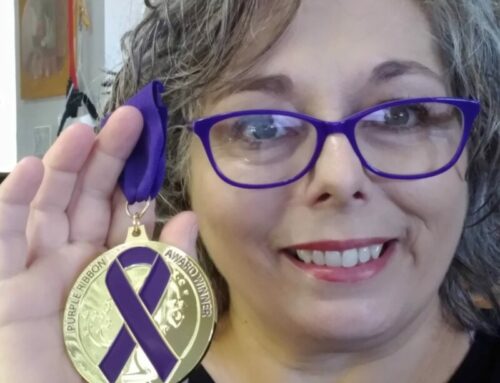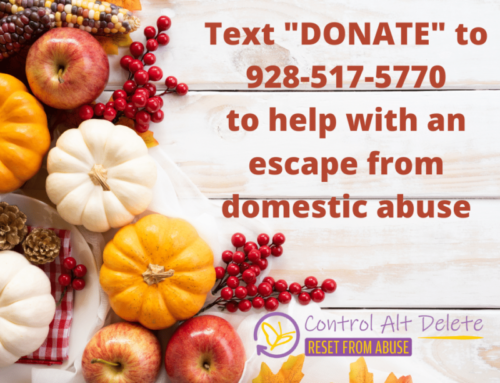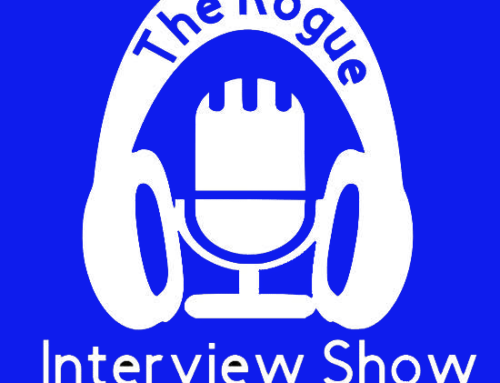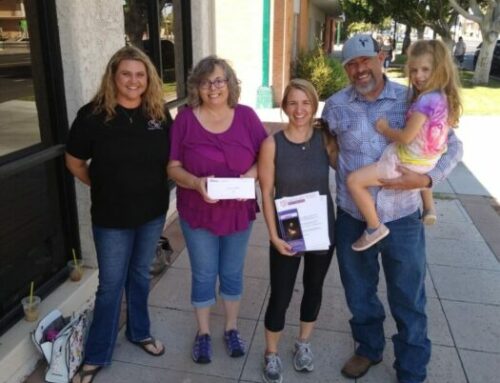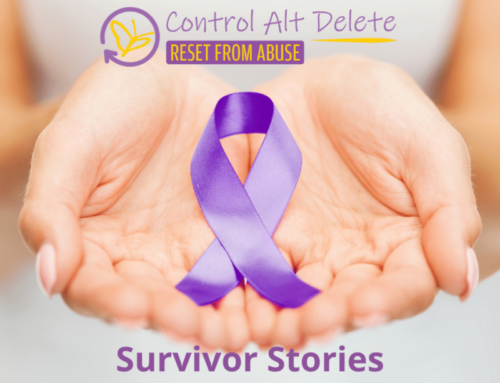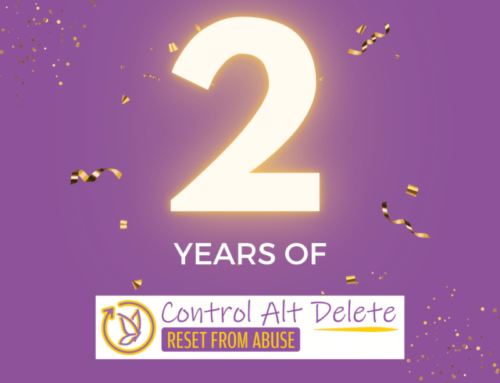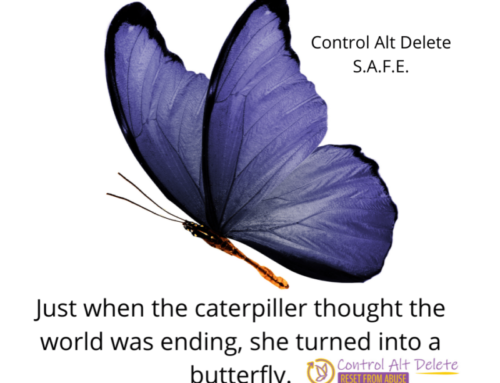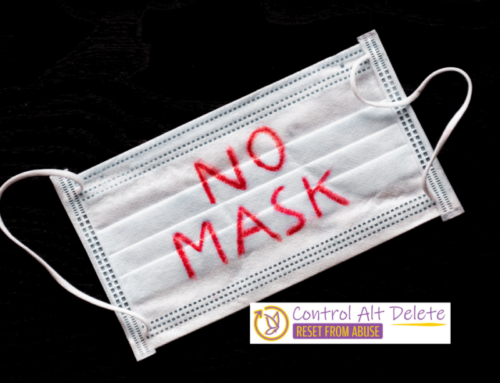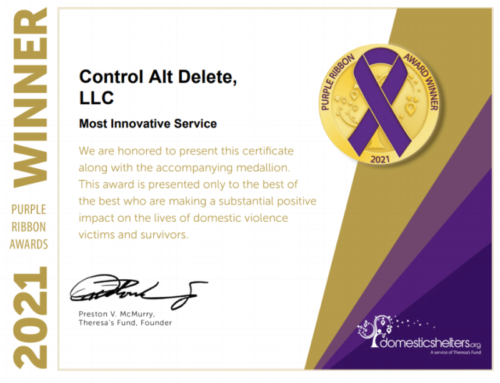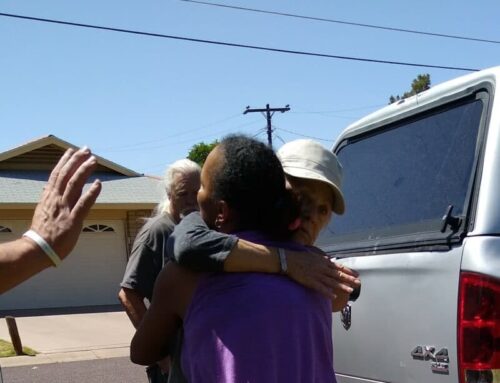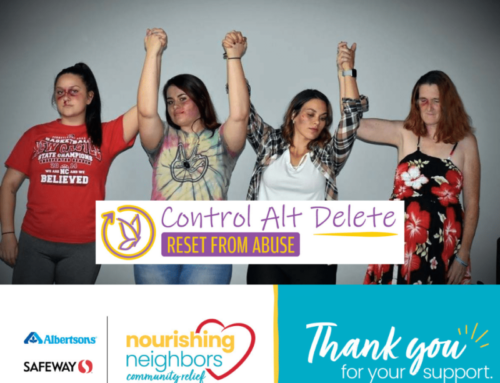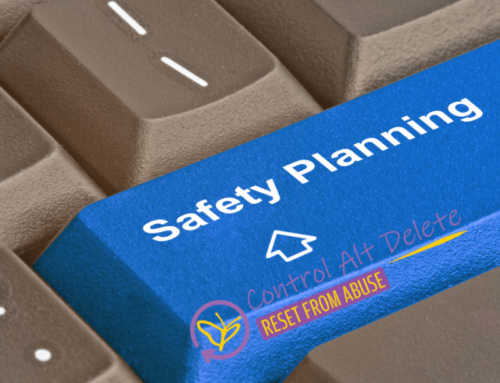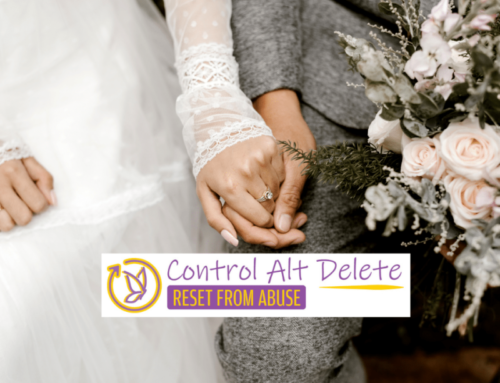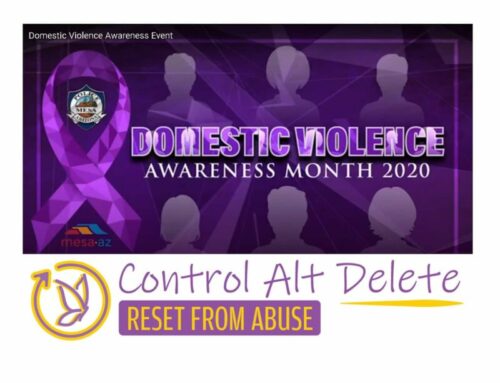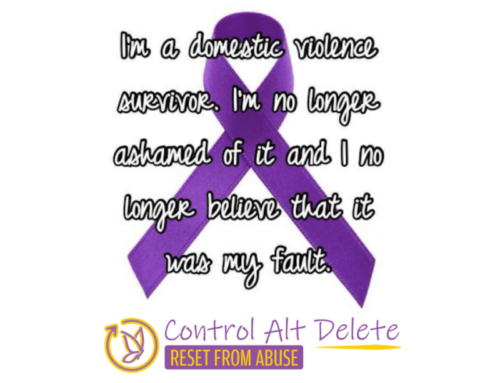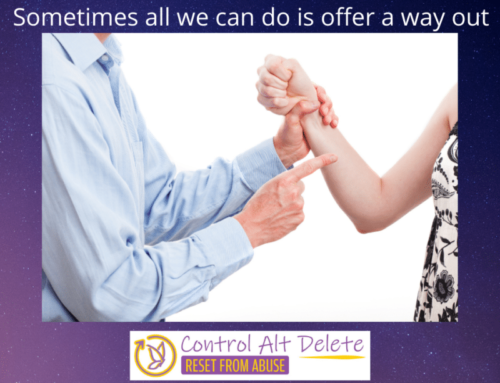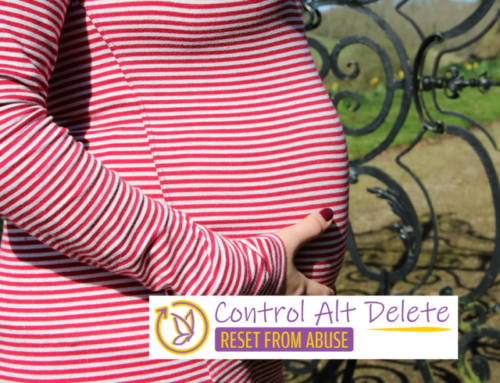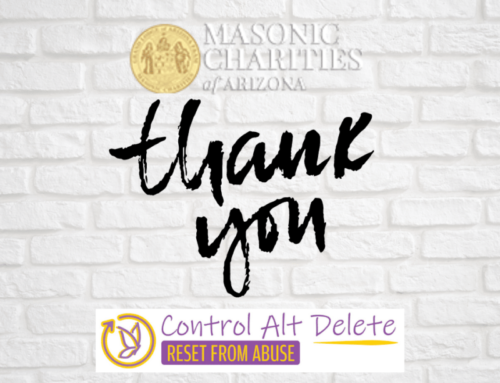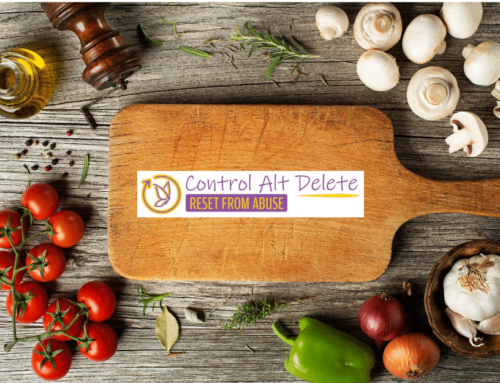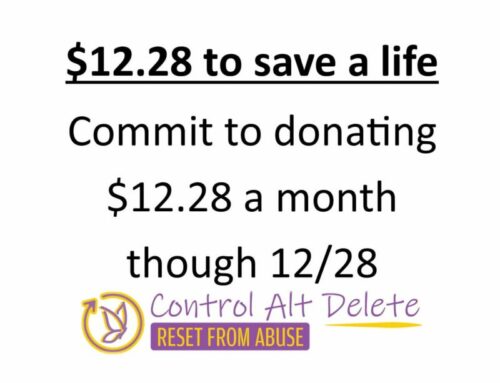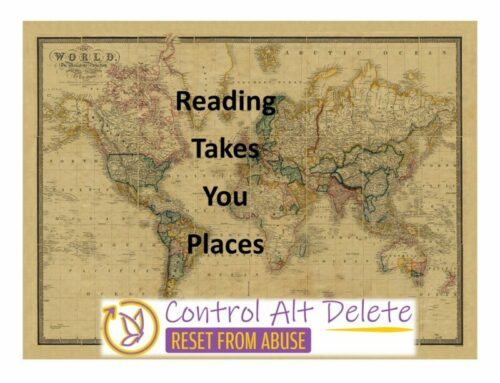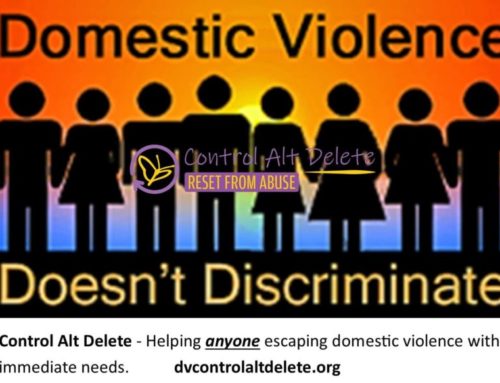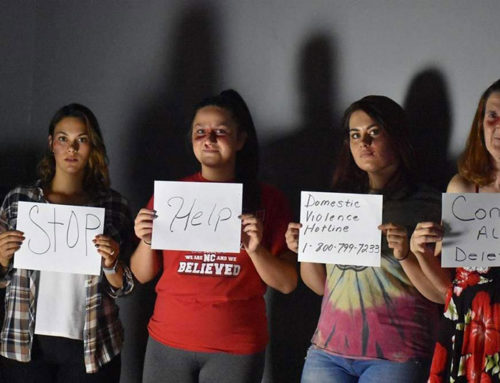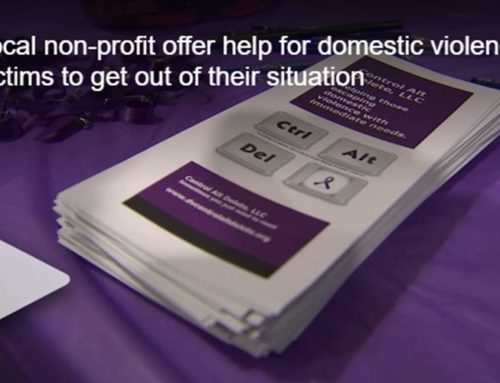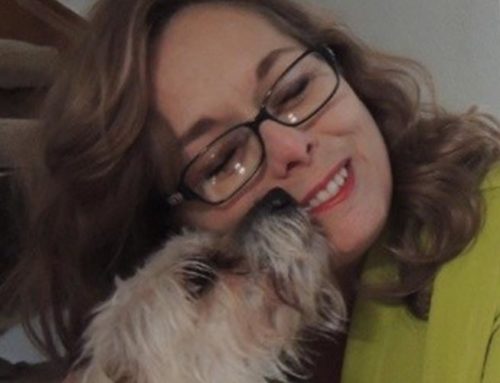Understanding a Trauma Bond
Understanding Trauma Bonds: A Lifeline in the Darkness
Trauma bonds can be challenging to comprehend, especially for those who haven’t experienced the complexities of abusive relationships. However, for many Survivors of domestic violence, these bonds are a significant barrier to breaking free and finding safety. At Control Alt Delete, we understand that these bonds are not just emotional ties—they are lifelines that can entangle a person in a web of fear, confusion, and misplaced loyalty.
What Are Trauma Bonds?
Trauma bonds are the deep emotional attachments that develop between a Survivor and their abuser, often formed during repeated cycles of abuse and reconciliation. These bonds are strengthened by the intermittent reinforcement of kindness or affection by the abuser, making it difficult for the Survivor to leave the relationship despite the harm being caused.
These bonds are not based on love or mutual respect but rather on survival instincts. The Survivors may feel a strong connection to the abuser because their brain has been conditioned to associate the abuser with moments of relief from fear, even if those moments are fleeting.
How Trauma Bonds Develop
Trauma bonds typically form through a cycle of abuse that includes the following stages:
- Tension Building: The abuser begins to exert control, causing the Survivor to feel anxious or fearful. The Survivor may try to appease the abuser to avoid conflict.
- Incident: The abuser engages in harmful behavior, whether physical, emotional, or psychological. The Survivor experiences trauma but may still cling to the hope that things will improve.
- Reconciliation: After the abuse, the abuser may apologize, make promises, or show affection. This period of calm reinforces the trauma bond, as the Survivor feels relief and may start to believe that the abuser has changed.
- Calm: The relationship appears to stabilize, and the Survivor may feel hopeful, only for the cycle to begin again.
This cycle of abuse and reconciliation traps the Survivor in a state of confusion and dependency, making it hard for them to recognize the danger they’re in or take steps to leave.
Many Survivors Aren’t Aware They Have a Trauma Bond
One of the most challenging aspects of trauma bonds is that many Survivors are not even aware they are trapped in one. The emotional and psychological manipulation by the abuser often clouds the Survivor’s judgment, making it difficult for them to recognize the toxic dynamics of the relationship.
For some, the familiarity of the cycle—where moments of peace and affection follow periods of abuse—can be mistaken for normalcy or even love. The deep-seated need to hold onto hope, combined with the fear of leaving, keeps them tied to the abuser. It’s not uncommon for Survivors to feel like something is wrong but be unable to pinpoint exactly what it is.
At Control Alt Delete, we frequently encounter Survivors who are struggling with these unseen bonds. They might describe feeling stuck, guilty, or fearful of leaving, but they may not realize these feelings are symptoms of a trauma bond. Raising awareness about this issue is crucial because understanding that a trauma bond exists is the first step toward breaking free from it.
Identifying a Trauma Bond
Recognizing that you are in a trauma bond can be the hardest but most critical step toward liberation. Here are some signs that may indicate the presence of a trauma bond:
- Excusing or Minimizing the Abuser’s Behavior: You find yourself justifying or downplaying the abuse, convincing yourself that it’s not “that bad” or that the abuser didn’t mean it.
- Feeling Unable to Leave: Despite the abuse, you feel a strong, almost inexplicable attachment to the abuser, and the idea of leaving them seems unbearable or impossible.
- Idealizing the Abuser: You focus on the abuser’s good qualities, romanticizing the relationship’s positive aspects, and clinging to memories of better times.
- Taking Blame for the Abuse: You believe that the abuse is your fault, thinking that if you were somehow better or did things differently, the abuse would stop.
- Isolation from Others: The abuser has cut you off from friends, family, and support networks, and you find yourself increasingly dependent on the abuser for emotional support.
- Cycles of Abuse and Reconciliation: You notice a recurring pattern of tension, abuse, followed by a period of calm and reconciliation, where the abuser may apologize and act lovingly, making you believe things will change.
- Feeling Confused About the Relationship: You experience conflicting emotions—love, fear, dependency, guilt—leaving you confused about what’s real and what’s not.
If any of these signs resonate with you, it’s important to acknowledge that you may be in a trauma bond. This awareness is the first step toward breaking free and reclaiming your life.
The Impact of Trauma Bonds
Trauma bonds can have long-lasting effects on a Survivor’s mental and emotional well-being. They may experience:
- Guilt and Shame: Survivors often blame themselves for the abuse or feel ashamed for staying in the relationship.
- Isolation: The abuser may isolate the Survivor from friends, family, and support networks, making it even harder to leave.
- Self-Doubt: Constant manipulation and gaslighting can erode the Survivor’s self-esteem and sense of reality.
- Difficulty Trusting: Survivors may struggle to trust others, fearing they will experience the same cycle of abuse again.
Breaking Free from Trauma Bonds
Breaking free from trauma bonds requires understanding that these bonds are rooted in survival mechanisms, not in love or loyalty. Here are some steps that can help:
- Seek Professional Help: Counseling or therapy can provide the support and tools needed to process the trauma and begin healing.
- Build a Support Network: Reconnecting with trusted friends and family or joining a support group can offer encouragement and reduce feelings of isolation.
- Create a Safety Plan: If you’re in an abusive relationship, having a safety plan in place is crucial. This plan may include steps like saving money, securing important documents, and identifying safe places to go.
- Educate Yourself: Understanding the dynamics of abuse and trauma bonds can empower you to recognize the patterns and take action to protect yourself.
Control Alt Delete Is Here for You
At Control Alt Delete, we know that escaping an abusive relationship is not easy, and breaking trauma bonds can feel overwhelming. That’s why we’re here to provide one-time crisis response assistance to help Survivors take those critical first steps toward safety and freedom.
If you or someone you know is struggling with trauma bonds or domestic violence, have their advocate reach out. We believe in your strength and resilience, and we’re here to support you.
Understanding trauma bonds is the first step in breaking free from their grip. At Control Alt Delete, we’re dedicated to helping Survivors find the courage to escape, heal, and rebuild their lives. You’re not alone—together, we can overcome the darkness and find the light on the other side.
